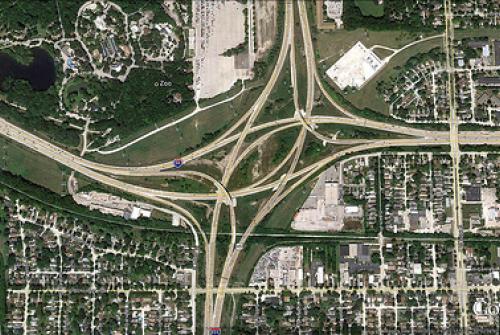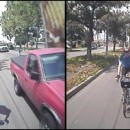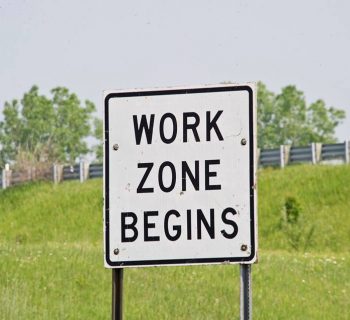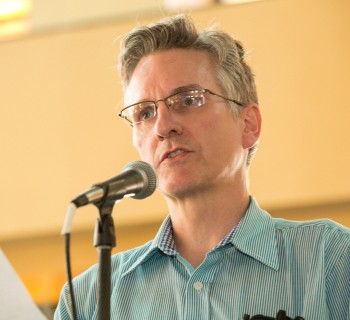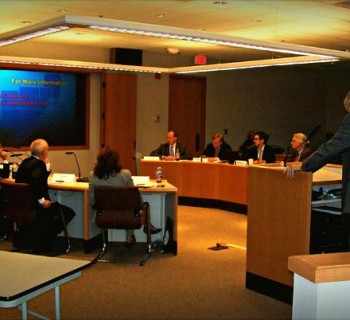Editor's Note: This article first appeared on Switchboard: The Natural Resources Defense Council Staff Blog, and is reposted with permission.
It is just an interim ruling, but it is potentially an important one: In a suit brought by inner-city, minority plaintiffs, the U.S. District Court in Milwaukee has indicated that the Federal Highway Administration and Wisconsin Department of Transportation cannot enlarge a major urban freeway connection without further study of the project's impacts on transit-dependent populations and on regional suburban sprawl.
For now, the case is headed to mediation; but the court's ruling on legal issues in the case, as articulated in an opinion signed by federal judge Lynn Adelman, is potentially significant to other highway-expansion controversies with similar circumstances.
First, the court found that, before going forward with plans for construction, the agencies must first study the impact of “continuing to expand highway capacity in the region while transit capacity declines.”
Second, the agencies also must examine the potential regional effects of highway expansion on suburban sprawl. The court rejected the agencies’ argument that they need only study the impacts in the specific area where the highway expansion was taking place, finding that it would defeat the “action-forcing” intent of the National Environmental Policy Act if a piecemeal approach to highway projects and analysis allowed cumulative regional impacts to escape scrutiny.
The project in question would rebuild highways leading to and from a major freeway interchange west of downtown Milwaukee (the intersection of Interstates 94 and 894 with US route 45, called “the Zoo Interchange” because of its proximity to Milwaukee’s public zoo), as well as the interchange itself. In particular, FHWA and WisDOT seek to expand road capacity from six to eight lanes in one direction and, in the other, to install extra-wide shoulders that could potentially be used for additional capacity in the future.
Four interchange ramps would be doubled in size, and surface streets would also be modified to accommodate the new configuration. The $1.7 billion construction undertaking, stretching 5.5 miles north-south, and 3.5 miles east-west, is said to be the largest single transportation project in Wisconsin history.


